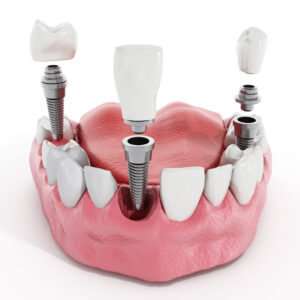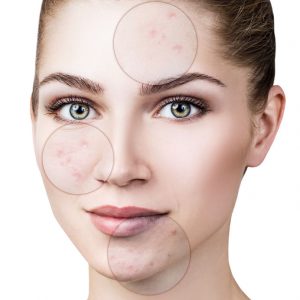It is no secret that dental implants have become increasingly popular in recent years. Unlike dentures, they offer a permanent solution to missing teeth. However, they can often come with a significant price tag, leaving many potential patients searching for affordable options. The good news is that affordable dental implants in Parker, Colorado can be found without sacrificing quality care. In this blog post, we will explore the different options for affordable dental implants and what to look for in a dental implant provider.

First and foremost, it is important to find an affordable dental implants Parker clinic that offers financing options. This can help make the cost of dental implants more manageable by breaking it down into smaller payments over time. Many dental implant providers offer financing options that can be customized to fit your budget and needs.
Another option for affordable dental implants in Parker is to look for dental schools that offer dental implant services. These schools provide dental implants at a reduced cost because they are performed by dental students under close supervision by licensed dentists. While this may seem like a less ideal option, every dental student is held to the same high standards as their licensed counterparts.
While searching for affordable dental implants in Parker, it’s important not to compromise quality care. Choosing a provider who offers top-notch services and uses the latest technology is essential for a successful dental implant procedure. It’s always a good idea to research the provider’s experience and reputation before committing to a procedure.
Another way to save money on dental implants is to consider traveling to a different city or state for the procedure. Many cities offer competitive pricing for dental implants, and travel costs may actually be outweighed by the savings on the procedure. This option may not be feasible for everyone, but it could be worth considering if your local options are too expensive.
Affordable dental implants in Parker are available to those who do their research and choose a provider wisely. Finding a provider that offers financing options, uses the latest technology, and has a proven track record of quality care is essential for a successful dental implant procedure. Whether you opt for the reduced cost services provided by the dental schools or choose a local provider with competitive pricing, it is important to remember that affordability should not come at the cost of quality care. So, don’t let cost deter you from investing in your dental health and restoring your smile with a dental implant.









